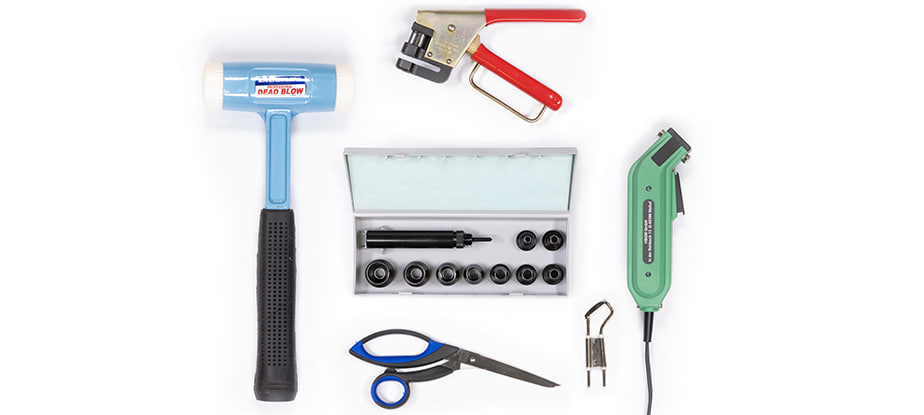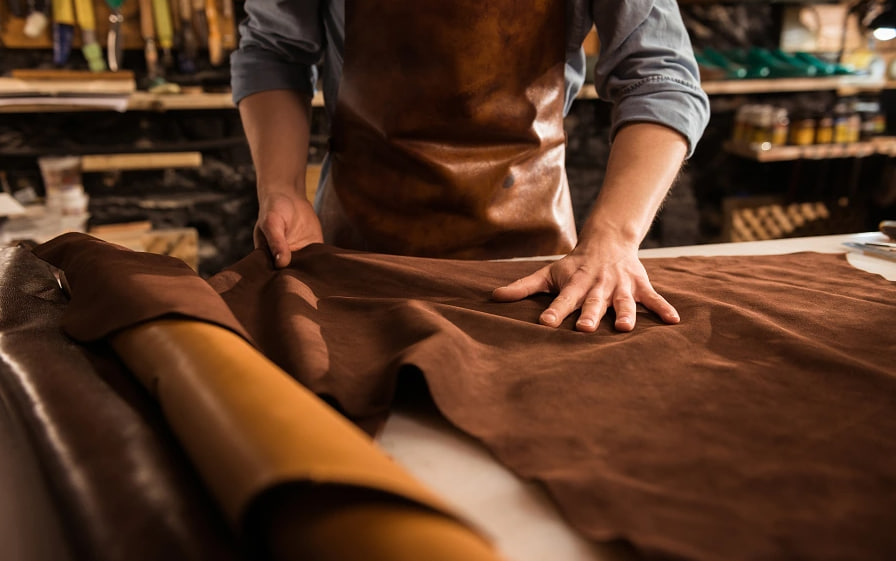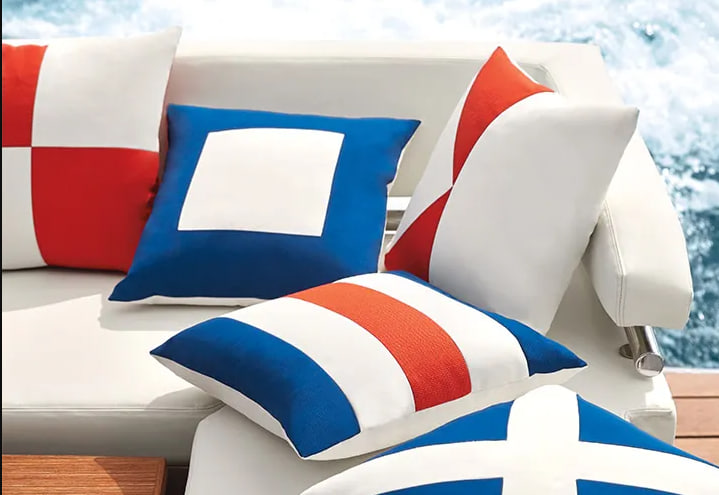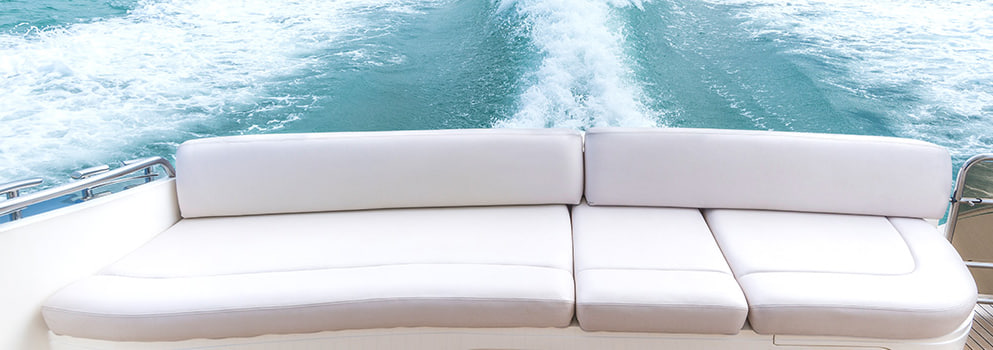Marine Upholstery Tools: Best Equipment for DIY Boat Seat Repair
If you’re planning to restore or refresh your boat’s seating on your own, having the right marine upholstery tools makes all the difference. Marine-grade vinyl, foam, and stitching require special care, and using proper equipment can save time, improve your results, and make the project much more manageable.
Unlike standard home furniture, boat upholstery must withstand exposure to sun, saltwater, and rough handling — so precision in installation is key. Whether you’re re-covering helm seats, cushions, or full lounge pads, investing in the right tools will help you get a professional finish, even as a DIY enthusiast.
Why Specialized Tools Matter
Marine upholstery isn’t just about cutting and stapling fabric — it’s about tension, shape, water resistance, and durability. Marine vinyl is tougher than standard materials, foam is often thicker or closed-cell, and stitching needs to endure movement, moisture, and UV rays.
Using the wrong tools can lead to uneven cuts, damaged material, or loose-fitting covers that degrade quickly. With the right tools, even beginners can achieve clean lines, tight fits, and long-lasting results — without costly do-overs.
Essential Marine Upholstery Tools for DIY Projects
The first and most important tool is a high-quality staple gun. For marine use, an electric or pneumatic staple gun is recommended over a manual one, as marine vinyl can be stiff and tough to penetrate. Pneumatic guns, when paired with stainless steel or galvanized staples, offer consistent pressure and secure grip, especially on curved seat bases or tight corners.
Equally important is a set of sharp upholstery scissors or rotary cutters. Clean, accurate cuts are essential for minimizing waste and ensuring your vinyl or fabric lays flat. A dull blade can create jagged edges that fray or ripple during installation.
You’ll also need a foam cutter or electric knife if you’re replacing or reshaping marine foam. Standard kitchen knives won’t produce clean cuts, especially in high-density or closed-cell foam used in boats.
A staple remover tool or flathead pry bar is helpful for taking apart old upholstery without damaging the wood base or foam, which you may want to reuse.
For detailed shaping, smoothing, or rounding edges, a foam rasp or sanding block comes in handy. This helps create a clean profile so your vinyl fits tightly without bulging or bunching.
Helpful Additions for a Professional Finish
For cleaner seams and long-term durability, consider using a vinyl heat gun to gently warm and stretch marine vinyl. This technique is especially useful on tight curves or corners, making the material more pliable and easier to pull taut. Be cautious not to overheat, as marine vinyl can melt or distort under high temperatures.
A sewing machine with heavy-duty thread (such as UV-resistant polyester) is essential if you plan to stitch your own seams, corners, or decorative elements. Industrial machines are ideal, but heavy-duty home machines can also do the job for smaller projects. Always test your fabric and tension on a scrap first.
To finish off your project, marine-grade adhesive or spray glue can be used to secure foam to backboards before stapling. This adds stability and ensures the foam doesn’t shift during installation.
Finally, measuring tools and templates (like T-squares, rulers, or cardboard cutouts) are crucial for accurate fitting — especially when replacing multiple seats with uniform designs.
Tips for Working with Marine Materials
When working with marine vinyl or fabric, always plan for a few extra inches around each edge. This allows for stretching, tucking, and clean seams. Avoid cutting too close or you’ll risk pulling at the edges, especially over time as the material is exposed to the elements.
Make sure your workspace is clean, well-lit, and large enough to handle oversized seat cushions or lounge pads. Outdoor or garage setups work great — just protect the vinyl from dust or sharp surfaces.
Practice on a test panel if you’re new to marine upholstery. A small corner seat or armrest gives you a chance to experiment with staples, tension, and stretching without ruining expensive materials.
Should You Buy or Rent Tools?
For one-time projects, consider renting certain tools — like an electric knife or pneumatic staple gun — from local hardware or upholstery supply shops. However, if you own multiple boats or plan to do seasonal updates, investing in a basic set of marine upholstery tools will pay off in quality and convenience.
Tool kits tailored for marine or automotive use are often available online and in marine supply stores. These kits typically include everything you need to get started, from staple guns and blades to pliers and thread.
Start Your DIY Project the Right Way
With the proper marine upholstery tools, you don’t need to be a professional upholsterer to get stunning results. The key is preparation, precision, and patience. Whether you’re reviving a few cushions or transforming your entire boat interior, quality tools help bring your vision to life — and make every moment on the water more comfortable and stylish.





Post Comment